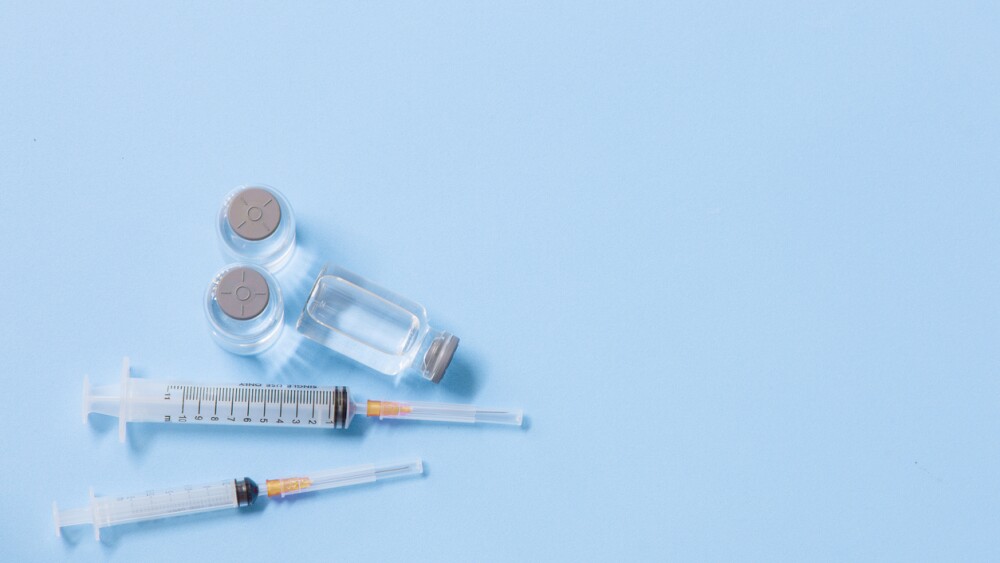Nanobiotix announced positive topline data from its Phase II/III clinical trial of NBTXR3 in soft tissue sarcoma (STS). Shares climbed by more than 50 percent at the news.
Nanobiotix, co-located in Paris, France and Cambridge, Massachusetts, announced positive topline data from its Phase II/III clinical trial of NBTXR3 in soft tissue sarcoma (STS). Shares climbed by more than 50 percent at the news.
NBTXR3 is a first-in-class compound that is activated by radiotherapy to destroy cancer cells by way of physical cell death, and metastasis due to immunogenic cell death that leads to activation of the immune system. It is a collection of crystalline nanoparticles that improve radiation efficacy. It is administered intratumorally just before external beam radiation therapy. By doing so, the company believes it can improve the radiotherapy’s effects.
The company enrolled 180 patients with soft tissue sarcoma and randomized them to receive radiation therapy with or without NBTXR3 before surgery. The trial met its primary endpoint.
In the arm receiving NBTXR3, 16 percent of patients had pathological complete responses, which means their resected tumors had less than 5 percent viable cancer cells. In the control arm, slightly under 8 percent had a pathological complete response. This isn’t a dramatic increase, and just slips into the category of statistically significant, which has at least some analysts skeptical, particularly since full data hasn’t been released yet, nor has it released information about secondary endpoints.
The company did say the trial met a secondary endpoint regarding resection margins, but didn’t mention details about the drug’s effects on tumor volumes or the objective response rate. However, that lack of detail didn’t seem to concern investors.
Peter Welford, an analyst with Jefferies, wrote in a note to investors, “These results could potentially lead to an expedited U.S. filing as a drug for accelerated approval versus our base case 2022E U.S. launch.” He also projects the drug’s sales in soft tissue sarcoma could peak at around $175 million, although other indications could increase that. For example, he notes that if approved for head and neck cancer, it could be worth $550 million annually, and wider use could allow it to hit the magical $1-billion-blockbuster mark.
“Data are exceptional and show without any doubt an improvement of radiation therapy impact with a significant number of complete response,” said Sylvie Bonvalent, head of Sarcoma and Complex Tumor Surgery Unit at Institut Curie in Paris and Global Principal Investigator of the PhII/III trial, in a statement. “NBTXR3 can bring real benefit to patients and it can change the standard of care. This innovation will play a role in many other indications and particularly where radiotherapy is used alone.”
The therapy was well tolerated by the patient populations, with a very similar radiation-related safety in both arms of the trials. Also, feasibility and follow-up of surgery were equivalent in both arms. Acute immune adverse events of short duration were observed in 7.9 percent of patients, with injection site pain in 13.5 percent. About 6.7 percent had grade 1 injection site hematoma/ecchymosis, which is to say, bruising or skin discoloration.
The therapy is being evaluated in seven clinical trials with a focus on head and neck cancers and immuno-oncology programs.
“These results from a Phase III study are impressive in a notoriously difficult disease like soft tissue sarcoma,” said David Raben, professor of Radiation Oncology, University of Colorado Cancer Center, in a statement. “These cancers are generally less sensitive to radiation and previous attempts to improve local control with chemo-radiation regimens were considered too toxic. This study substantiates the medical benefit of safely enhancing the effect of radiation therapy with novel physics-based approaches delivered locally within the cancer. In addition, this product may potentiate a pro-inflammatory environment suitable for immune enabling or DNA damage inhibitor drugs. These findings set the foundation for additional studies in areas such as head and neck cancer and perhaps in areas such as high-risk prostate, bladder or pancreas cancer.”





